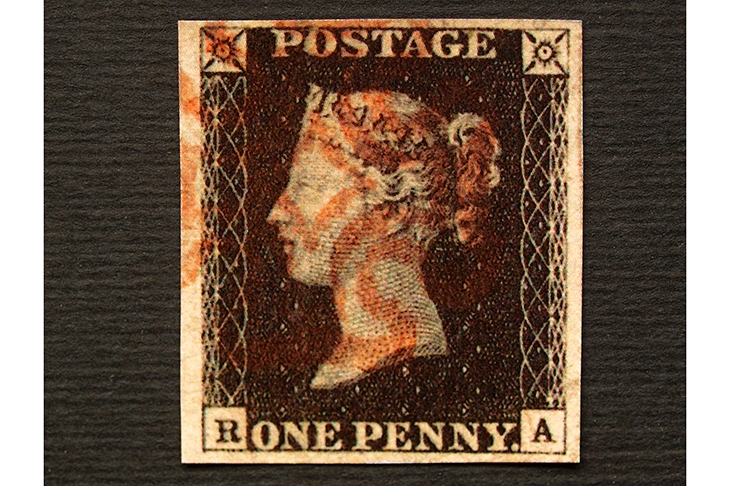Dear Sir, I beg to introduce myself to you as a clerk in the Accounts Department of the Port Trust Office at Madras on a salary of only £20 per annum. I am now about 23 years of age. I have had no university education but I have undergone the ordinary school course… I have made a special investigation of divergent series in general and the results I get are termed by the local mathematicians as “startling”.
This was the opening of the letter written by the Indian maths prodigy Srinivasa Ramanujan to Professor G.H. Hardy at Trinity College, Cambridge in January 1913.
The penny post was the first network where the value to the user was the same no matter where they were
Now, vulgar consumerist that I am, my first thought on reading this letter was obviously to ask: ‘How much did it cost to send?’ Thanks to the internet, the answers to such questions are easy to find. Unfortunately, also thanks to the internet, so too are
the answers to lots of other questions. So after a five-hour dive down a Wikipedia rabbit hole in which I learned about the history of the Indian postal service, how to make chai, the differences between Hindi and Urdu and the life of Sir Henry Bartle Frere, I finally found the answer to my question. It cost only one old penny. Just 1/4800th of Ramanujan’s annual salary.
It seems that in 1913 there still existed something called the Imperial Penny Post, which meant you could send a letter anywhere in the British Empire for 1d. Its existence owed much to an earlier Cambridge mathematician, Charles Babbage, who, with Rowland Hill and several others, had campaigned for a universal British postal service at a single flat-rate.









Comments
Join the debate for just £1 a month
Be part of the conversation with other Spectator readers by getting your first three months for £3.
UNLOCK ACCESS Just £1 a monthAlready a subscriber? Log in